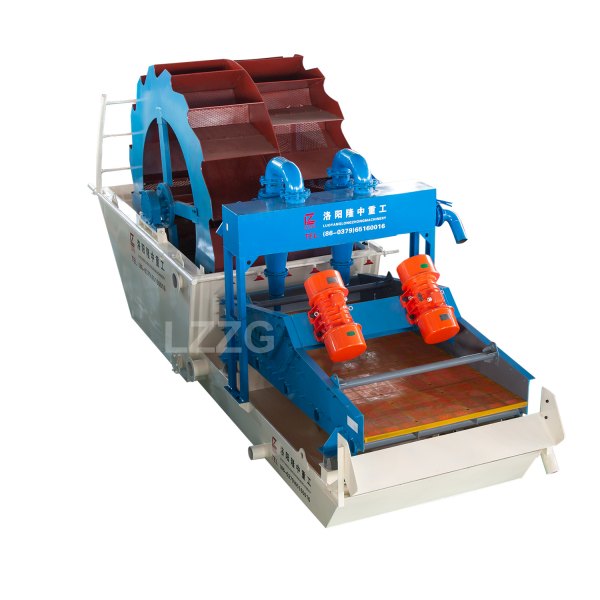Method for desludging zinc oxide ore using cyclone
 December.12,2024
December.12,2024

We used the flotation oxidized lead-zinc concentrate from the laboratory test to perform particle size analysis and analyze the lead and zinc grades of each particle size.
Zinc concentrate is mainly distributed in the -74+10μm particle size and is the main recovery object. The original ore has a complex intercalation relationship, deep oxidation and weathering, and is prone to mud during the grinding process. Under certain flotation conditions, there is an optimal particle size composition. Flotation under this particle size composition can maximize the concentrate yield and reduce the loss of metal in the tailings, thereby improving the overall flotation efficiency. By studying the optimal particle size composition of flotation, the degree of desludging is determined and the influence of ore mud on flotation is reduced.
Cyclone is an efficient and simple particle separation equipment with the characteristics of small equipment footprint, large processing capacity, good separation effect and low investment. It is particularly effective for the removal of light-density and fine-grained mud. Using cyclone for desludging in ore dressing plants is an effective way. However, the hydrocyclone also has its shortcomings. Once the feed rate, whether it is the solid ore content or the concentration, changes, the desludging and classification effect will change accordingly. Therefore, we investigated the two desludging processes and decided to use a hydrocyclone for desludging. The sediment enters the mixing barrel for slurry mixing, drug adjustment, and zinc oxide flotation. Use a Φ150mm hydrocyclone for the first stage of desludging, and a Φ75mm hydrocyclone for the second stage of desludging. In this test, a large number of tests were conducted on both the open and closed circuit processes to determine a relatively applicable and stable desludging process.





